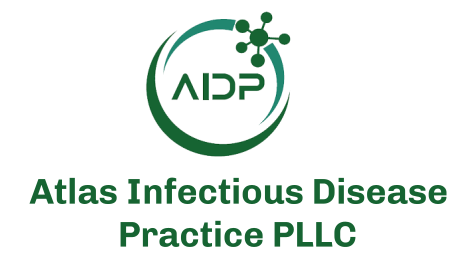A recent scoping review in Open Forum Infectious Diseases highlights the success of integrating Hepatitis C treatment into syringe services programs, leading to higher treatment initiation and cure rates among people who inject drugs, who often face significant care access barriers.
The review examined 13 US-based studies, including randomized trials, cohort studies, and qualitative evaluations, and found that integrated treatment models outperformed traditional referral-based care in terms of patient outcomes. The programs varied in approach, with some operating in mobile units and others in fixed settings, offering care both in person and via telehealth, and differing in pretreatment evaluations, pharmacy access, peer support, and funding models.
In this second part of our interview with Sarah Rowan MD, infectious disease physician at Denver Health and co-author of the review, she discusses recent follow-up efforts, streamlined treatment models, outreach challenges, and the need for tailored solutions.
“Hepatitis C treatment has just gotten so much safer and more streamlined than it was even five years ago, now that we have this minimal lab testing model and we know how safe and effective the treatments are,” Rowan said.
She highlighted ongoing discussions around hepatitis B screening protocols, “We know that it’s important to know someone’s Hep B status when you’re treating Hep C. But whether we can use some prior lab results, or we can get the blood work and then as long as it’s pending, and as long as we have a way to find someone, then go ahead and start Hep C treatment and not wait for those results. That’s one thing that’s in discussion, engaging really, at the moment, at the present time.”
Rowan also emphasized the importance of outreach in finding and treating individuals, “Sometimes people go to a fixed site syringe service program, but sometimes they might not be, you know, working through working order syringe access programs. So how best to find people to communicate results and to deliver medication, that’s something else that’s really been coming up a lot.”
Regarding the role of patient navigators, Rowan noted, “The role of the patient navigator, or peer navigator, or peer advocate in kind of helping people to stay on the medication so that they can get through a full treatment course and then come back and get that test of cure, is crucial.”
Rowan also discussed the logistical hurdles tied to reimbursement for these services, “Doing something kind of outside of the traditional clinic based model is challenging because of the way that reimbursement works in this country with Medicaid and commercial insurance, it’s highly variable state to state. But looking at the numbers of people who use drugs who get Hep C treatment, you can see that we have a problem because the people who need treatment are often not getting it.”
Finally, she underscored the importance of innovative, state-specific solutions, “Looking at creative approaches to problem solving within your state and within your system is key to addressing these disparities.”






